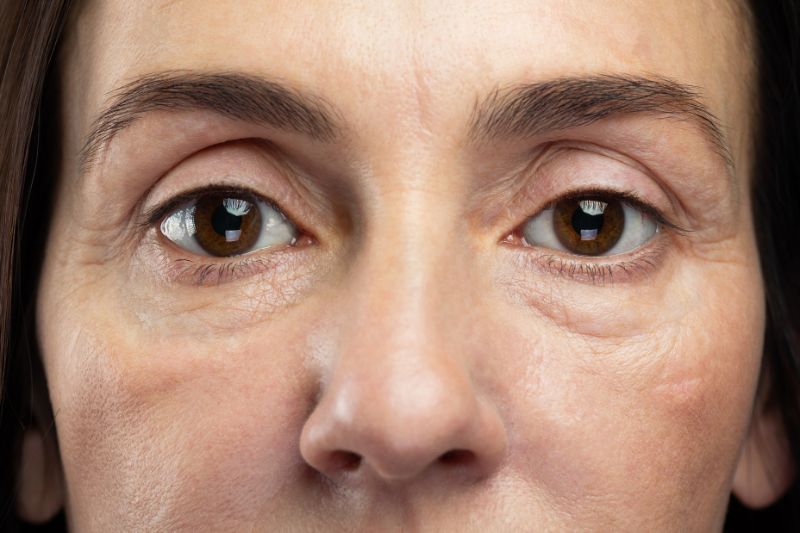Our bodies undergo skin, muscle, and hormonal changes as we age that can contribute to a variety of ocular conditions including dry eye, blepharitis, and trichiasis.
Dry Eye Disease
Risks from:
- Contact Lens Use
- Post-Surgery
- High Screen Time
- Aircon and/or Dry Environments
- Chemical, Allergen Exposures, Makeup
- Age-related or other Hormonal and Gland Dysfunctions





